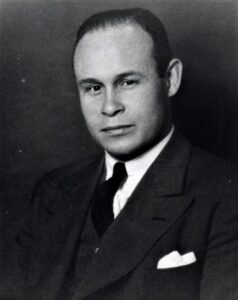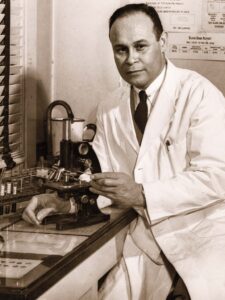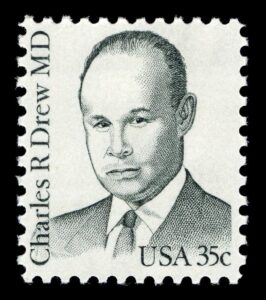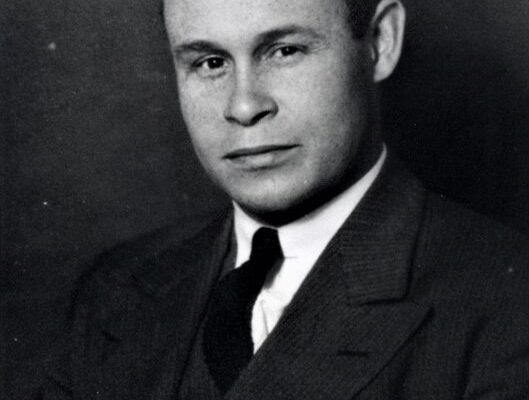Charles Richard Drew – Pioneer of the Modern Blood Bank
Charles Richard Drew (1904–1950), an African American surgeon, was the first person to research and establish a system of blood banks, laying the foundation for modern blood transfusion practices and saving millions of lives.

From Humble Beginnings to Medical Excellence
Born into a modest African American family in Washington, D.C., Drew overcame racial barriers to pursue education. He graduated from Amherst College in 1926 and earned his medical degree from McGill University in Canada in 1933. Early in his residency, he began researching blood and effective preservation methods.
The Birth of the “Blood Bank”
In 1939, Drew discovered how to separate plasma from red blood cells and extend plasma’s shelf life to two months. He was the first to use the term “blood bank”, pioneering a modern system for blood storage and distribution.

Contributions During World War II
In 1940, as World War II escalated, Drew was appointed Medical Director of the “Blood for Britain” project, overseeing the collection and shipment of tens of thousands of plasma units to the battlefield, saving countless soldiers. Later, he led the American Red Cross Blood Bank and managed blood supply efforts for the U.S. military.
A Stand Against Racial Discrimination in Medicine
Drew strongly opposed the military’s policy of segregating blood by race, insisting there was no biological difference between blood from Black and white donors. In protest, he resigned from the Red Cross in 1942 and returned to Howard University, where he continued to teach and inspire future physicians.
A Lasting Legacy
Charles R. Drew died in a car accident in 1950 at the age of 46. He left behind a monumental legacy in medicine, honored with numerous awards, including a U.S. postage stamp issued in 1981 bearing his portrait—a tribute to the man who pioneered blood banking and saved millions of lives worldwide.


